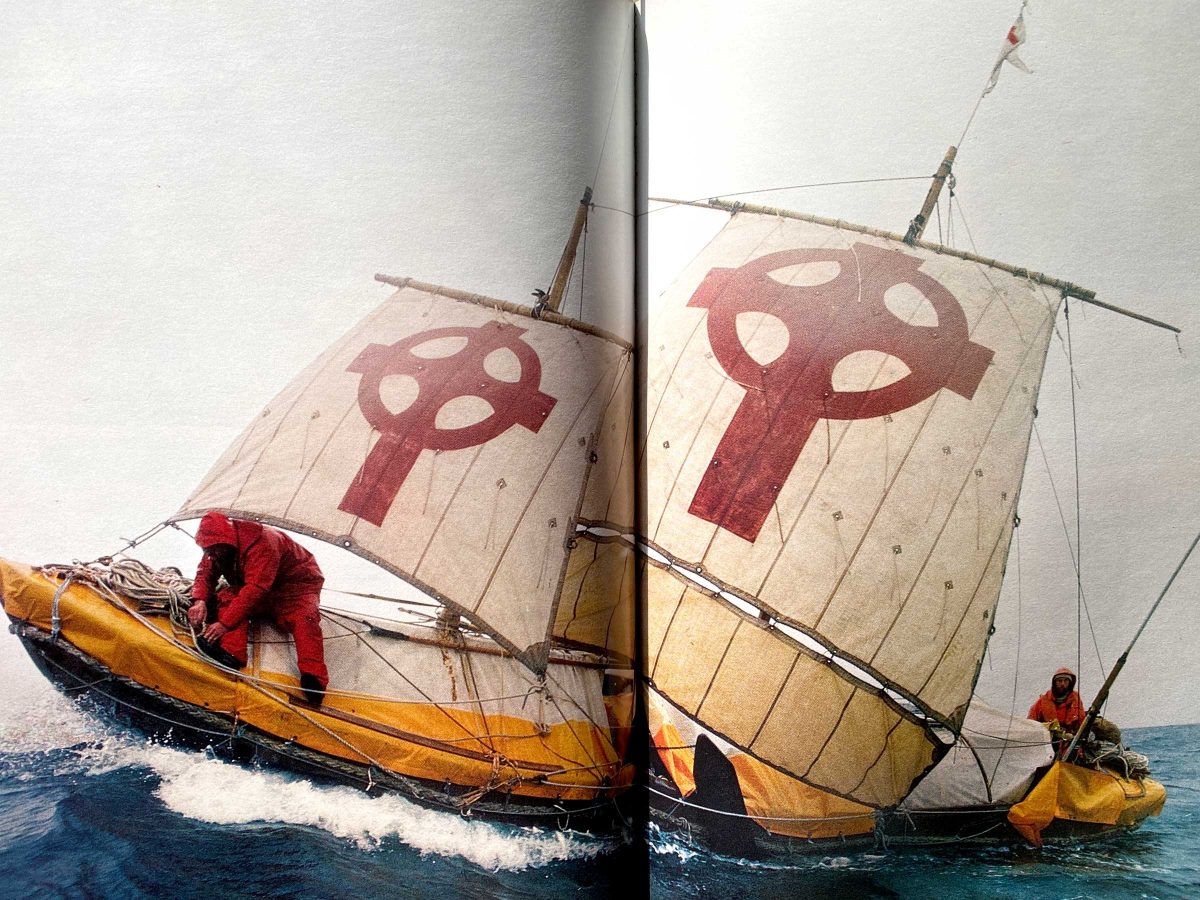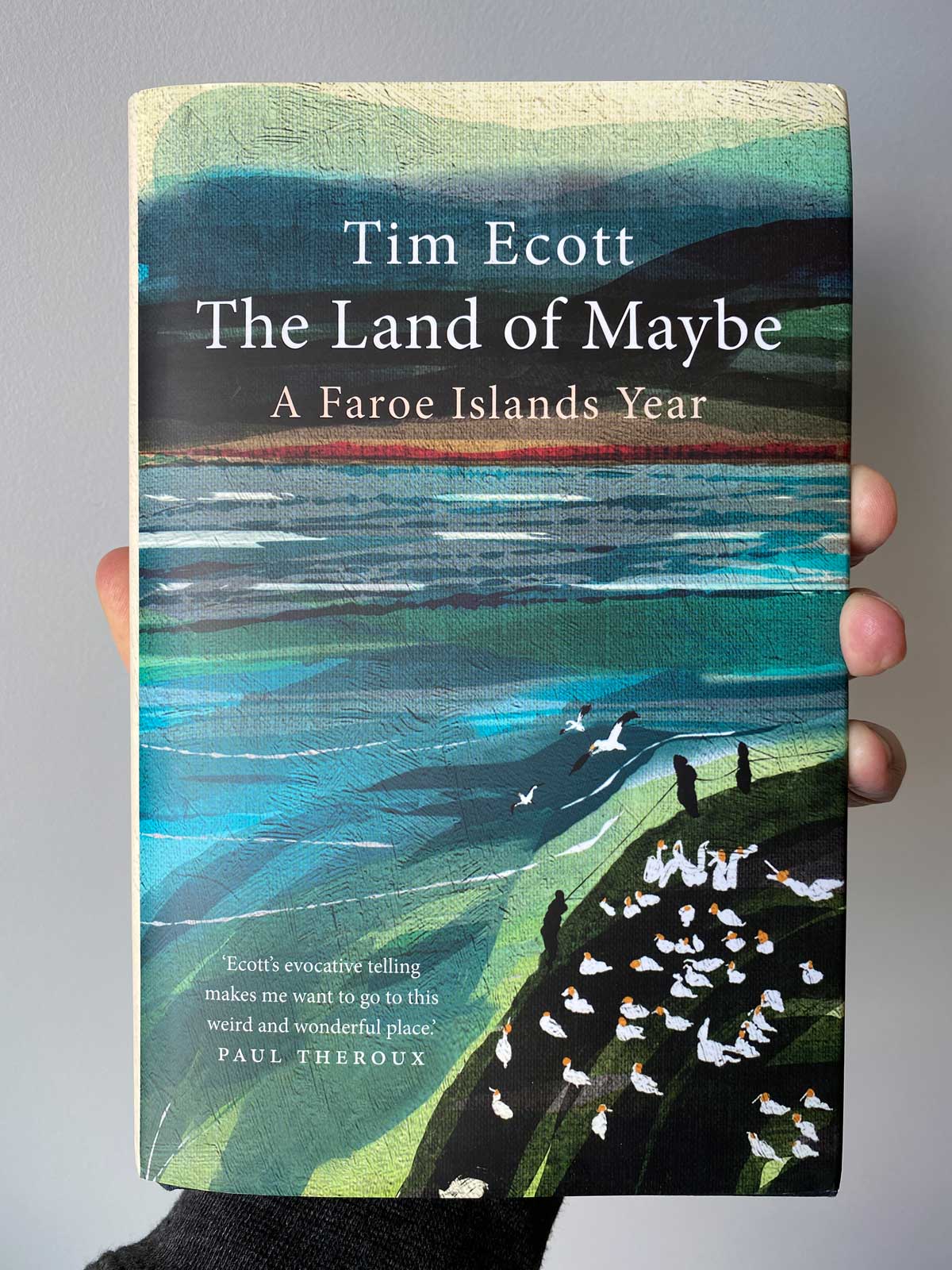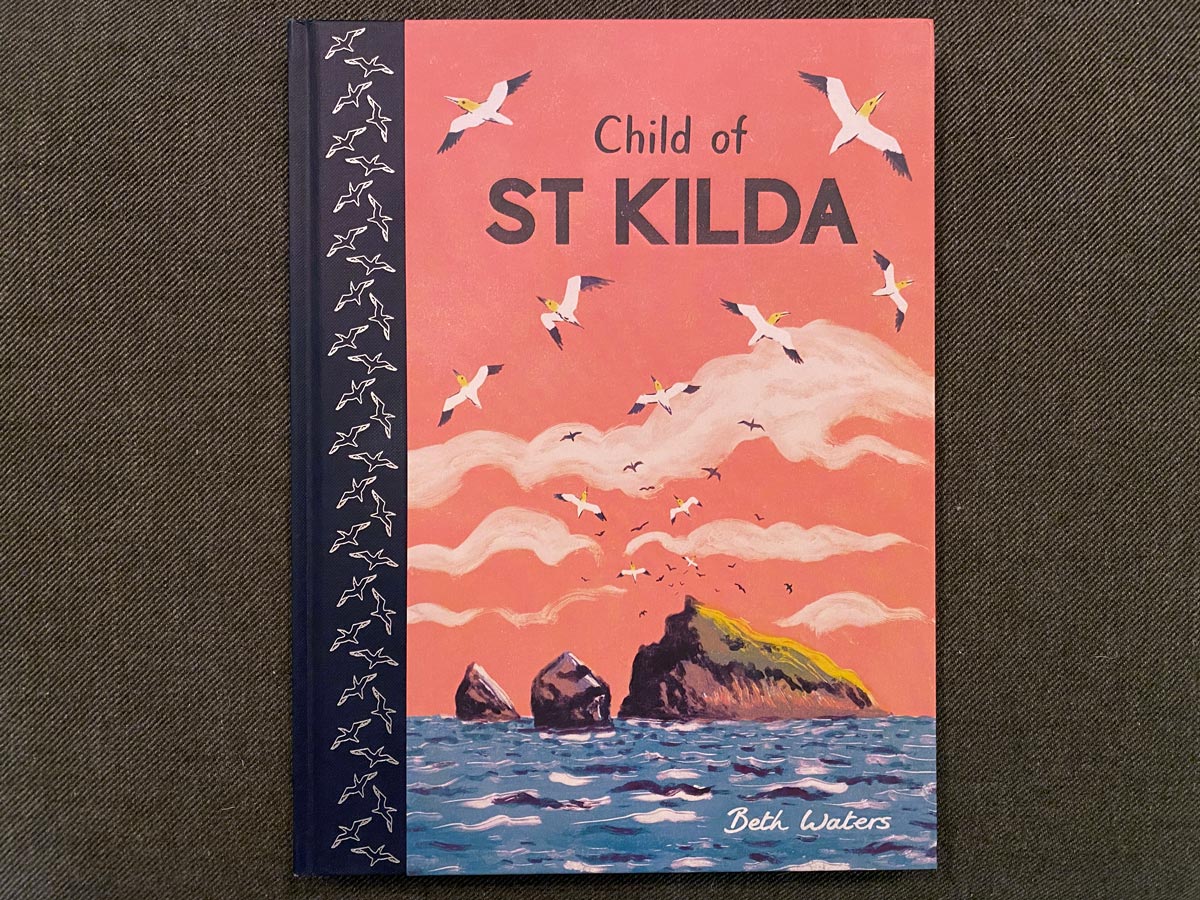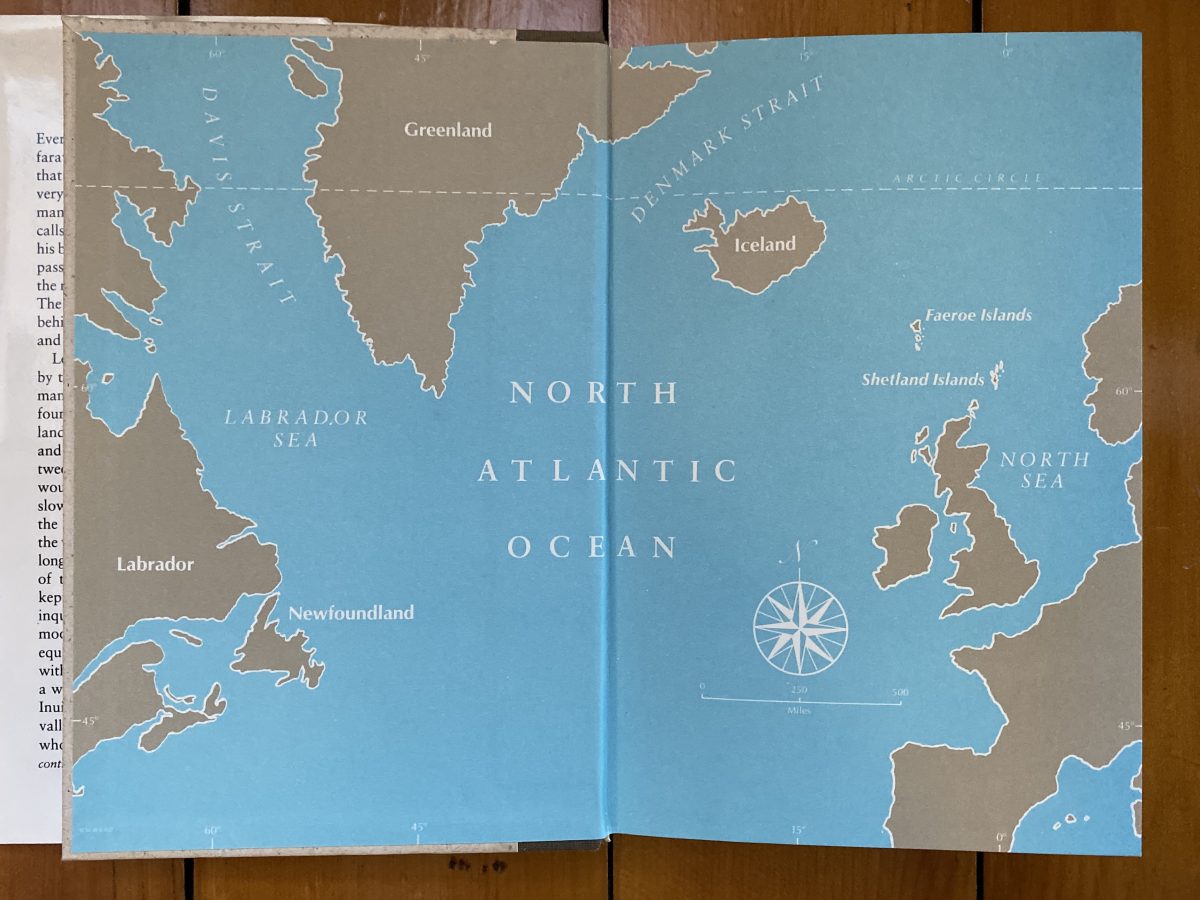You could say that Tim Severin is a historical re-enactor, but that would conjure all the wrong images, of renaissance fairs and Colonial Williamsburg. At nearly 80 years old, his accomplishments are better described as experiential archaeology, recreating legendary journeys to prove they could have happened. His historical adventures are based on years of upfront study, working with scholars to decipher ancient texts and find period-appropriate technology and materials. I only recently learned about Severin’s work, through his 1978 book that documents a fascinating early project called The Brendan Voyage.





